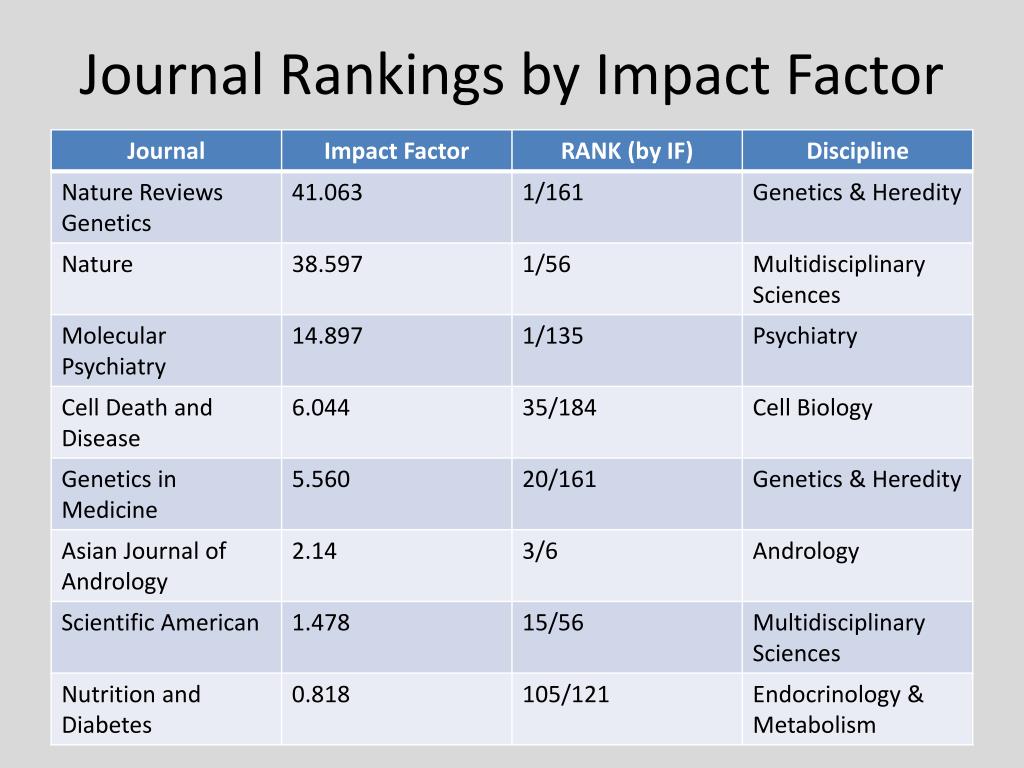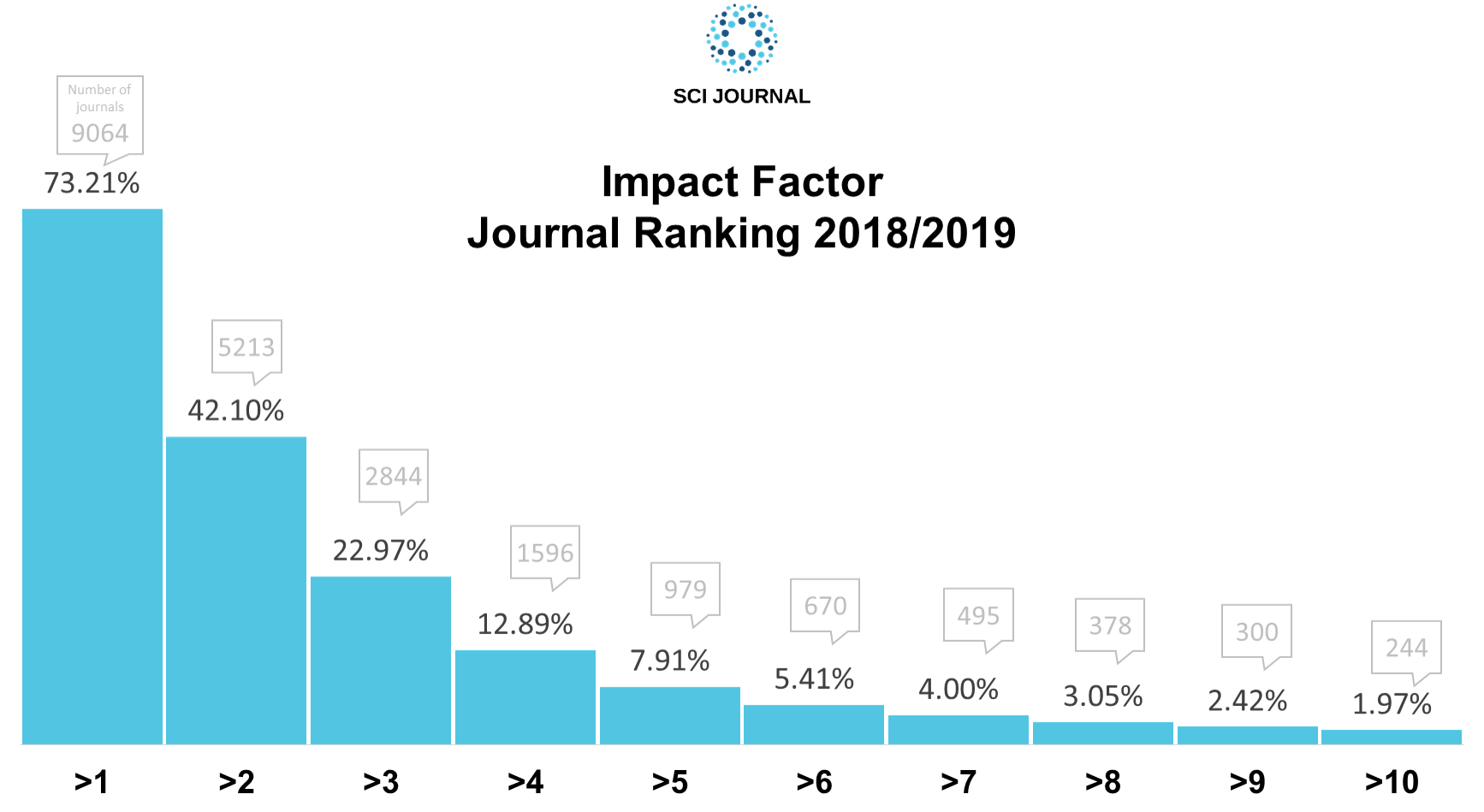In the realm of academic publishing, high impact factor journals in education stand as beacons of excellence, guiding researchers toward the pinnacle of scholarly achievement. Their pages bear witness to groundbreaking discoveries, innovative methodologies, and transformative insights that shape the future of education.
Impact factor, a measure of a journal’s influence and prestige, serves as a compass for researchers seeking to disseminate their work to the widest possible audience. Publishing in high impact factor journals not only enhances the visibility and credibility of research but also propels careers to new heights.
Definition and Significance of High Impact Factor Journals
In the realm of academic publishing, the concept of impact factor holds paramount importance. It serves as a quantitative measure of the influence and reach of scholarly journals, reflecting the frequency with which their articles are cited by other researchers.
High impact factor journals are those that consistently receive a substantial number of citations, indicating their prominence and credibility within their respective fields. Publishing in such journals carries significant weight for researchers and institutions alike.
For Researchers
- Enhanced Visibility and Recognition:High impact factor journals offer researchers a wider audience for their work, increasing its visibility and potential impact.
- Validation of Research Quality:Publishing in reputable journals signals that a researcher’s work has met rigorous standards of peer review and is considered valuable by the academic community.
- Career Advancement:Publications in high impact factor journals can contribute to career progression, as they demonstrate a researcher’s ability to conduct high-quality research and disseminate it effectively.
For Institutions
- Enhanced Reputation and Prestige:Institutions with researchers publishing in high impact factor journals gain recognition for their commitment to excellence in research and scholarship.
- Increased Funding Opportunities:Funding agencies often prioritize institutions with strong publication records in high impact factor journals, recognizing their research excellence.
- Attracting Top Talent:High impact factor journals can attract talented researchers and students to an institution, enhancing its overall academic standing.
Criteria for Identifying High Impact Factor Journals in Education
Assessing the impact factor of academic journals in education involves a combination of metrics and qualitative indicators. These criteria play a crucial role in identifying high-impact factor journals that disseminate influential and widely cited research.
Several databases and resources provide information on journal impact factors. The most prominent include:
Databases and Resources
- Web of Science Core Collection: Provides the Journal Citation Reports (JCR), which include impact factors for journals in various disciplines, including education.
- Scopus: A comprehensive database that provides metrics such as the CiteScore and Source Normalized Impact per Paper (SNIP) for academic journals.
- Google Scholar Metrics: Offers h-index and i10-index metrics for journals, indicating the number of highly cited publications and the impact of their top-cited articles.
List and Categorization of High Impact Factor Journals in Education
High impact factor journals in education publish cutting-edge research and contribute significantly to the advancement of the field. They provide a platform for scholars to disseminate their findings, foster collaboration, and shape educational discourse.
The following table lists high impact factor journals in education, categorized based on their specific focus:
Research Methodology
- Educational Researcher
- Journal of Educational Measurement
- Review of Educational Research
Educational Psychology
- Contemporary Educational Psychology
- Educational Psychology Review
- Journal of Educational Psychology
Curriculum and Instruction
- Curriculum Inquiry
- Educational Leadership
- Journal of Curriculum Studies
Special Education
- Exceptional Children
- Journal of Learning Disabilities
- Learning Disability Quarterly
Higher Education
- Higher Education
- Journal of Higher Education
- Research in Higher Education
Educational Policy
- Educational Policy
- Journal of Education Policy
- Policy Studies in Education
International Education
- Comparative Education Review
- International Education
- Journal of Comparative Education
Other
- American Educational Research Journal
- Educational Evaluation and Policy Analysis
- Teachers College Record
Benefits and Challenges of Publishing in High Impact Factor Journals: High Impact Factor Journals In Education
Publishing in high impact factor journals offers numerous benefits for researchers in the field of education. These journals are widely recognized for their rigorous peer review process and high-quality content, which ensures that the published research is of significant value and impact to the field.
Benefits
- Increased Visibility and Impact:Publishing in high impact factor journals increases the visibility and impact of the research, reaching a wider audience of scholars, practitioners, and policymakers. The research findings are more likely to be cited and disseminated, contributing to the advancement of knowledge and practice in the field.
Obtain a comprehensive document about the application of mardel christian & education denton tx that is effective.
- Enhanced Credibility and Reputation:Publishing in high impact factor journals enhances the credibility and reputation of the researchers. It demonstrates their expertise and ability to conduct high-quality research, which can lead to career advancement and recognition.
- Opportunities for Collaboration and Funding:Publishing in high impact factor journals can open doors to collaboration with other leading researchers in the field. It can also increase the chances of securing funding for future research projects.
Challenges
- Intense Competition:Publishing in high impact factor journals is highly competitive, with a low acceptance rate. Researchers face rigorous peer review and must present their research in a clear, concise, and impactful manner to be accepted.
- Time Constraints:The peer review process for high impact factor journals can be lengthy, and researchers may face time constraints in preparing their manuscripts and responding to reviewer feedback.
- Rigorous Peer Review:The peer review process for high impact factor journals is rigorous, and researchers must be prepared to address any criticisms or suggestions from the reviewers. This can be a challenging but ultimately rewarding experience that helps improve the quality of the research.
Get the entire information you require about el paso education initiative on this page.
Despite these challenges, the benefits of publishing in high impact factor journals outweigh the challenges. Researchers who are able to successfully navigate the competitive landscape and meet the high standards of these journals can reap the rewards of increased visibility, credibility, and career advancement.
Strategies for Increasing the Impact of Research Publications
The impact of research publications can be measured by various metrics, including citations, downloads, and altmetrics. Researchers can employ several strategies to increase the impact of their work, such as writing high-quality manuscripts, targeting appropriate journals, and promoting their work through social media and conferences.
In this topic, you find that educate in a sentence is very useful.
Open access publishing and alternative metrics play a significant role in increasing research visibility. Open access makes research freely available to a wider audience, leading to increased downloads and citations. Alternative metrics, such as social media mentions and usage statistics, provide a more comprehensive view of research impact beyond traditional citation counts.
Writing High-Quality Manuscripts
- Conduct rigorous and original research that contributes significantly to the field.
- Write clearly and concisely, using precise language and avoiding jargon.
- Organize the manuscript logically, with a clear introduction, methods, results, and discussion.
- Proofread carefully for errors in grammar, spelling, and formatting.
Targeting Appropriate Journals, High impact factor journals in education
- Identify journals that publish research in your specific area of expertise.
- Review the journal’s aims and scope, as well as its impact factor and acceptance rate.
- Tailor your manuscript to the specific requirements of the journal you are submitting to.
Promoting Your Work
- Create a website or blog to showcase your research and make it easily accessible.
- Use social media to share your findings and engage with other researchers.
- Attend conferences and present your work to a wider audience.
Open Access Publishing
Open access publishing makes research freely available to everyone, regardless of their affiliation or financial resources. This can significantly increase the visibility and impact of your work.
Alternative Metrics
Alternative metrics, such as social media mentions, downloads, and usage statistics, provide a more comprehensive view of research impact. These metrics can help you track the reach and engagement of your work beyond traditional citation counts.
Final Review
Navigating the landscape of high impact factor journals in education requires a keen understanding of their criteria, benefits, and challenges. By embracing evidence-based practices, researchers can increase the impact of their publications, contributing to the advancement of knowledge and shaping the future of education.
Q&A
What factors determine the impact factor of a journal?
Impact factor is calculated based on the number of citations received by a journal’s articles over a two-year period, divided by the total number of articles published in the journal during that same period.
How can researchers increase the impact of their publications?
Researchers can increase the impact of their publications by writing high-quality manuscripts, targeting appropriate journals, and promoting their work through social media and conferences.
What are the benefits of publishing in high impact factor journals?
Publishing in high impact factor journals increases the visibility, credibility, and career advancement opportunities for researchers.


